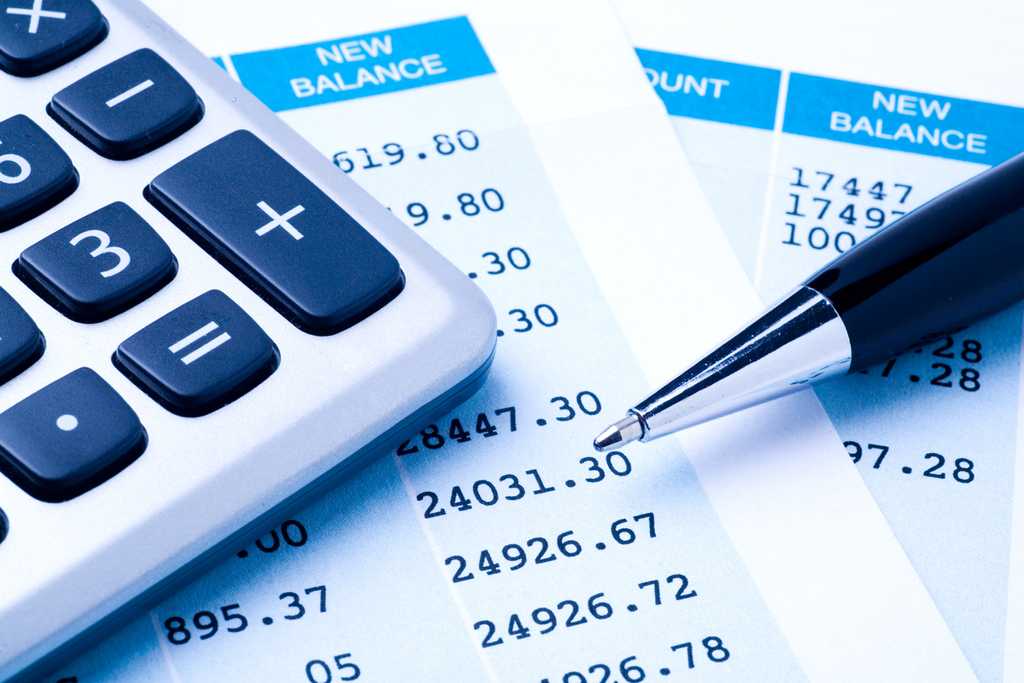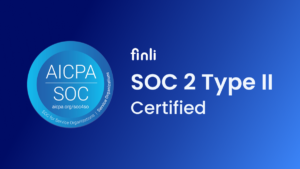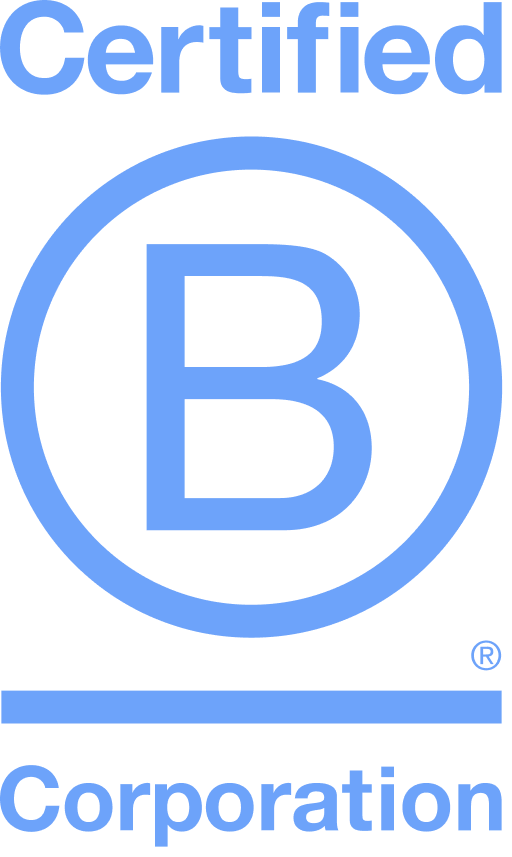Yes, you can request a bank statement early. Most banks offer online banking services where you can access your statements anytime. Alternatively, you can request an early statement from your bank’s customer service.
What Is a Bank Statement?
A bank statement is a document provided by a bank that summarizes an account’s activity over a specific period, typically a month. It includes:
- Account Information: Account holder’s name, account number, and bank’s contact information.
- Statement Period: The dates covering the start and end of the statement cycle.
- Opening and Closing Balances: The account balance at the beginning and end of the statement period.
- Transaction Details: A list of all deposits, withdrawals, transfers, checks, and fees processed during the period.
- Interest Earned: Any interest credited to the account, if applicable.
- Account Fees: Charges for services such as maintenance fees, overdrafts, or ATM usage.
Bank statements help account holders track their financial activities, verify transactions, and identify any errors or unauthorized activities.
Read more: What Is a Bank Statement.
Can You Request a Bank Statement Early?
Yes, in most cases, you can request a bank statement early.
The specific process and availability will depend on your bank. However, here are the general options:
Online Banking
- Check for “Early Statement” or “Pending Transactions”: Many banks offer this feature, allowing you to see a preliminary version of your statement before the official date.
- Download Transactions: You can often download transaction history for a specific date range, which can provide a similar overview.
Contact Your Bank
- Call Customer Service: They can usually provide information about your account balance and recent transactions.
- Visit a Branch: If you prefer in-person assistance, you can visit your local branch.
Important Considerations
- Statement Cycle: Your bank has a specific cycle for generating statements. Requesting an early statement might mean you’re looking at incomplete data.
- Pending Transactions: Some transactions might not be reflected on an early statement.
- Fees: There might be a fee for requesting an early statement, especially if it’s a paper copy.
To get the most accurate and up-to-date information, it’s best to contact your bank directly. They can provide specific details about your account and options for accessing your statement early.
How to Get a Bank Statement
To get a bank statement, follow these steps:
- Online Banking:
- Log in to your bank’s online portal or mobile app.
- Navigate to the section labeled “Statements,” “Documents,” or something similar.
- Select the desired statement period.
- Download or view the statement.
- Bank Branch:
- Visit your local bank branch.
- Request a printed copy of your bank statement from a teller.
- Provide identification and account details if necessary.
- Customer Service:
- Call your bank’s customer service number.
- Request a bank statement for a specific period.
- Verify your identity as requested.
- The bank may mail or email the statement to you.
- ATMs:
- Some ATMs allow you to print a mini statement or request a full statement.
- Insert your debit card and access your account.
- Select the statement option if available.
- Email Requests:
- Some banks accept email requests for statements.
- Send an email to your bank’s customer service with your account details and the desired statement period.
Choose the method that best suits your needs and your bank’s available services.
Different Types of Bank Statements
Bank statements come in various forms, each serving different purposes. Here are the main types:
- Monthly Statements:
- Standard statements provided by banks, summarizing account activity for the past month.
- Includes deposits, withdrawals, transfers, fees, and interest earned.
- Quarterly Statements:
- Similar to monthly statements but cover three months.
- Often used for accounts with less frequent transactions, such as savings accounts.
- Annual Statements:
- Provide a yearly summary of account activity.
- Useful for tax preparation and long-term financial planning.
- Interim Statements:
- Requested for specific periods outside the regular statement cycle.
- Can cover days or weeks of activity not included in the standard monthly or quarterly statements.
- Mini Statements:
- Provide a brief summary of recent transactions, typically available from ATMs.
- Useful for quick reviews of recent activity.
- Electronic Statements (e-Statements):
- Digital versions of traditional statements.
- Accessible through online banking portals or delivered via email.
- Eco-friendly and often more secure than paper statements.
- Paper Statements:
- Physical copies mailed to the account holder’s address.
- Preferred by those who like to keep hard copies for their records.
- Combined Statements:
- Consolidate multiple accounts (e.g., checking and savings) into a single statement.
- Offer a comprehensive view of all related account activities.
Choose the type that best fits your needs, whether for detailed tracking, quick reviews, or comprehensive financial planning.
Digital vs. Paper Bank Statements: Which is Right for You?
Digital Bank Statements
Accessibility
Digital bank statements are available anytime through online banking portals or mobile apps. This means you can view your statements whenever you need them, without waiting for mail delivery.
Security
Digital statements are generally more secure. They reduce the risk of physical mail theft, and banks use encryption and secure login processes to protect your information.
Environmental Impact
Choosing digital statements is an eco-friendly option, as it eliminates paper use and reduces waste.
Storage
Digital statements are easy to store and organize. You can save them on your devices or in cloud storage, ensuring you have access to your records without the clutter of physical papers.
Convenience
Digital statements provide instant access to past records. You don’t have to wait for mail delivery, and finding a specific statement is as easy as a few clicks.
Notification
Banks often send email notifications when a new statement is available. This ensures you have timely access to your financial information.
Paper Bank Statements
Tangible Records
Paper statements provide a physical copy for those who prefer or need hard copies for record-keeping. Some individuals find comfort in having a tangible document.
No Internet Required
Paper statements can be accessed without internet or electronic devices, making them a reliable option for those without regular internet access.
Perceived Security
Some people feel more secure having a physical document, despite the potential risks associated with mail delivery.
Traditional Filing
For those who maintain physical records, paper statements can be easily filed with other important documents.
Potential for Delay
Mail delivery can result in delays, and there’s always the risk of the statement being lost or stolen in transit.
Environmental Impact
Paper statements produce waste, making them less environmentally friendly compared to their digital counterparts.
Choosing Between Digital and Paper Statements
Choosing between digital and paper bank statements depends on your personal preferences and circumstances.
Digital
Ideal for tech-savvy individuals who value convenience, security, and environmental sustainability.
Paper
Suitable for those who prefer traditional record-keeping methods or lack reliable internet access.
Many banks offer the option to switch between digital and paper statements, allowing you to choose the format that best suits your needs. Whether you opt for the instant accessibility of digital statements or the tangible comfort of paper, understanding the benefits and drawbacks of each can help you make an informed choice.
How Long Should You Keep Bank Statements?
Keep monthly bank statements for one year and annual statements for at least seven years, especially for tax purposes. Retain statements related to tax returns, business accounts, and loans for seven years. Keep records of large purchases indefinitely for warranty or resale proof. Switch to digital statements for easier storage, and regularly review and shred outdated records to protect personal information.





